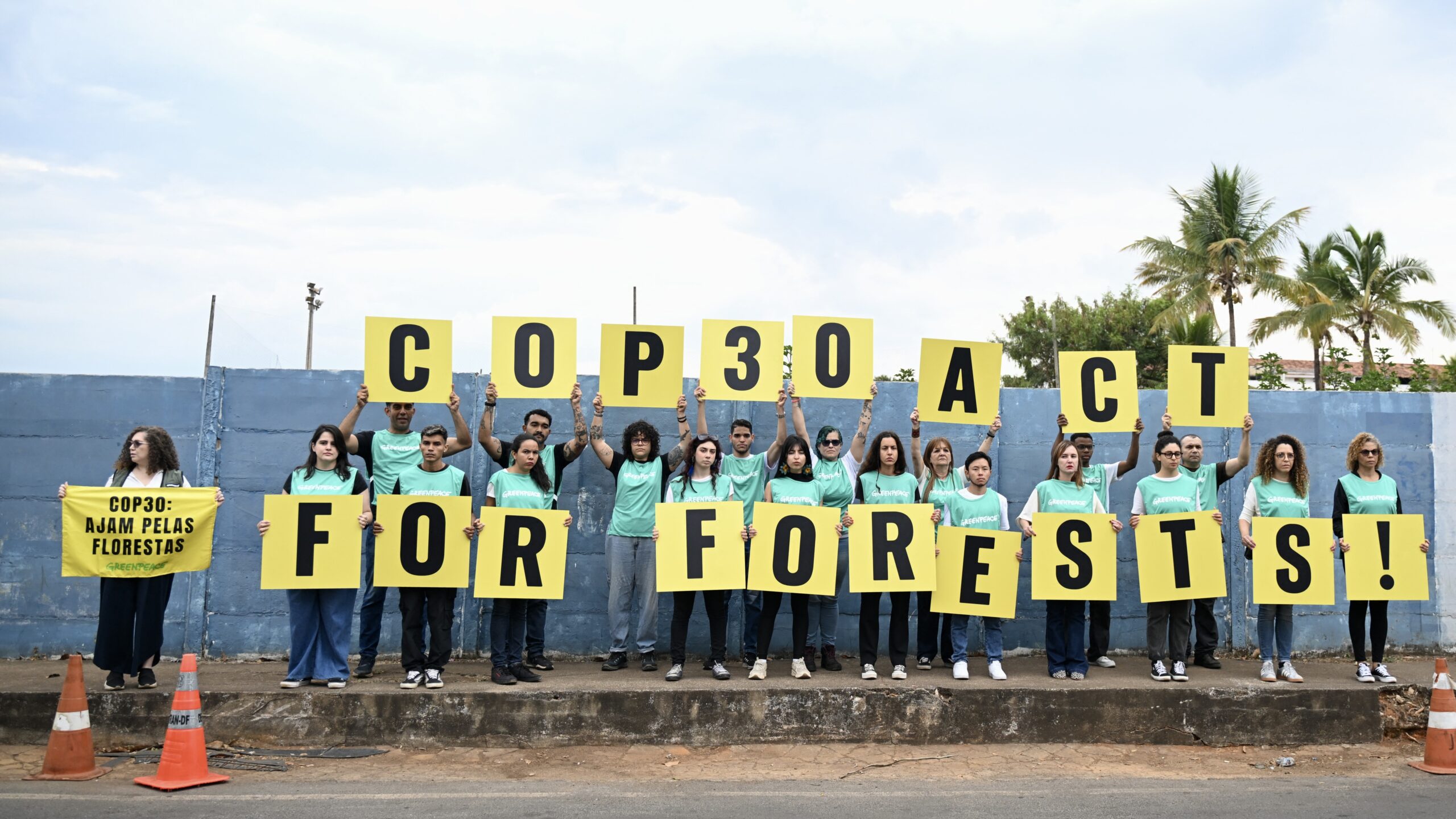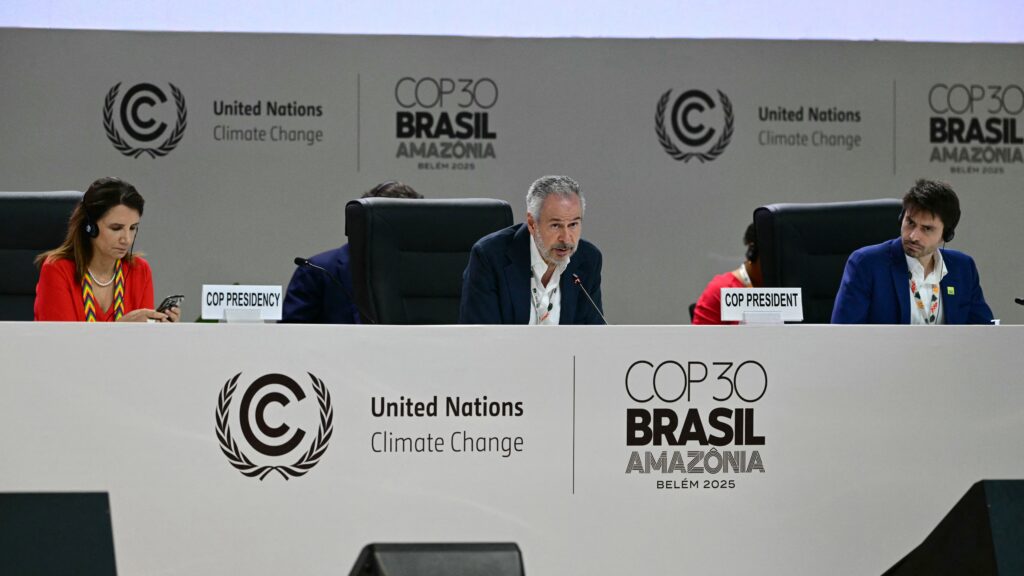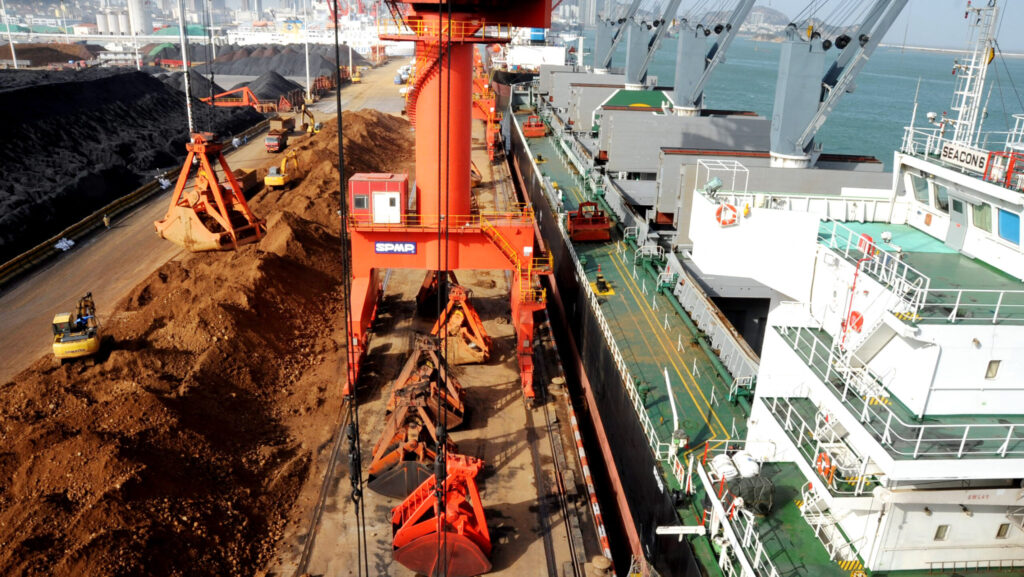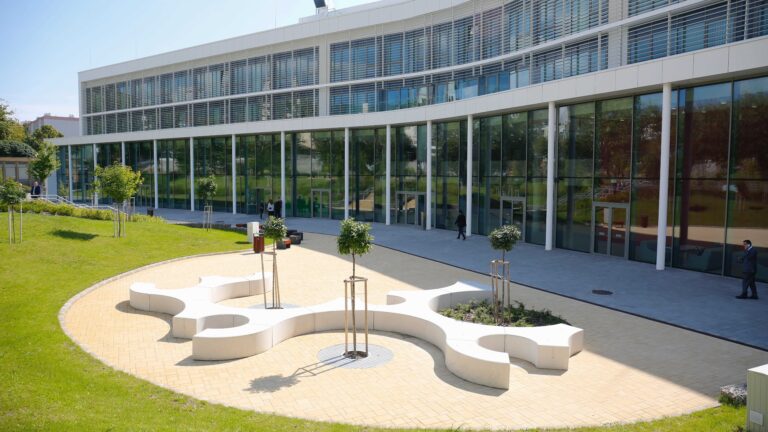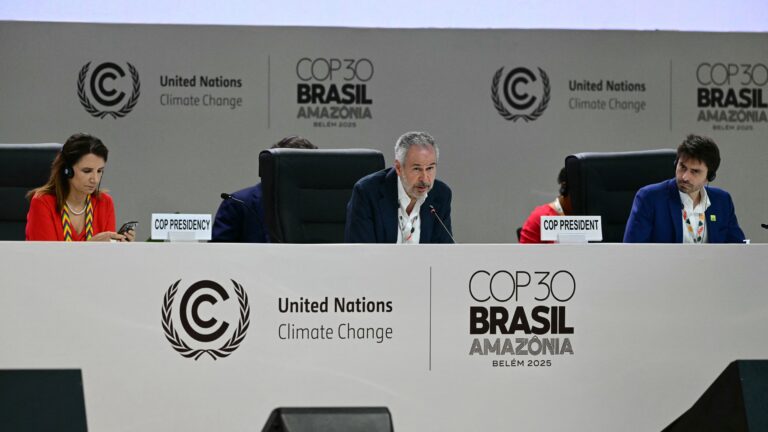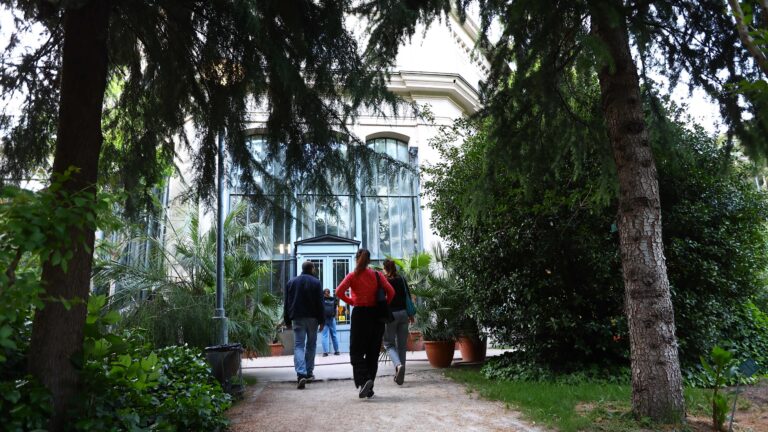High expectations surround the upcoming COP climate conference in Brazil. One of the most critical topics will be facilitating the various resource-mobilization goals to improve the mitigation and adaptation capacities of developing countries. Implementing the carbon market under the Paris Agreement will also require further efforts. The United States’ withdrawal could result in a diplomatic shift toward China, while growing reliance on fossil fuels may also influence the negotiations. In this context, Brazil seeks to promote biodiversity protection, preserve essential carbon sinks—especially tropical forests—and advance sustainable agricultural practices.
From a Petrostate to a Megadiverse Country: The Symbolism of the COP’s Hosting Presidency
The Conference of the Parties (COP) serves as the primary decision-making body of the United Nations Framework Convention on Climate Change. It also plays a crucial role in implementing the Paris Agreement, which commits to limiting the increase in global average temperature to below 2°C, with the aspiration of keeping it under 1.5°C. The latest COP29 was held in Baku, Azerbaijan, in 2024, attracting over 65,000 delegates. As COP President, Azerbaijan aimed to promote the Paris Agreement’s goals while prioritizing deep and swift emissions reductions, ensuring that no one is left behind. However, the host country faced controversy due to its economy’s heavy dependence on fossil fuels, similar to previous two COP hosts, Egypt and the United Arab Emirates.
The next COP will be organized in Belém, Brazil, between 10 and 21 November 2025. The event is expected to attract significant public attention, particularly since several issues remained unresolved during the last conference. In contrast to recent petrostate hosts, Brazil is recognized for its rich biodiversity, being one of the world’s megadiverse countries.
However, this biodiversity is currently under threat, with 33.5 million hectares of humid primary forest lost between 2002 and 2024. This equals to nearly half of Brazil’s total tree cover loss, according to Global Forest Watch data. As forests are among the most effective carbon sinks, this loss contributes significantly to climate change. Brazil aims to highlight the interconnectedness of biodiversity loss and climate change, as reflected in its priorities.
Outcomes of the ‘Finance COP’
The most intense part of the Baku negotiations focused on climate finance, highlighting the differences between the Global South and the Global North. Nevertheless, notable achievements were made in this field. Arguably, the most remarkable of them was the full operationalization of the Loss and Damage Fund (FRLD), the establishment of which was decided during COP27 in 2022. The FRLD’s goal is to support the recovery of developing countries from climate-related damages and losses. In Baku, the Parties appointed Fund’s Executive Director and agreed that the Republic of the Philippines would host its board. Meanwhile, total pledges exceeded USD 730 million.
Furthermore, COP29 adopted a new collective quantified goal (NCQG) on climate finance, calling on public and private actors to scale up financing to developing country parties from all sources to at least USD 1.3 trillion per year by 2035. This represents a substantial advancement compared to the previous USD 100 billion per year goal by 2020 aimed at supporting the mitigation efforts of developing countries.
However, several regional groups expressed concerns about the NCQG’s inefficiency and vagueness. The African Group and the Alliance of Small Island States (AOSIS) called for more detailed provisions and greater financial ambitions. Meanwhile, Brazil, South Africa, India, and China emphasized the need for clearer specifications regarding the financial obligations of developed countries.
COP29 also developed guidance and methodologies for the market-based implementation of the Paris Agreement, including internationally transferred mitigation outcomes and the carbon credit mechanism. The Parties extended the work program on gender and the mandate of the working group responsible for implementing the Local Communities and Indigenous Peoples Platform. Additionally, the COP provided guidance on indicators of the Paris Agreement’s Global Goal on Adaptation, which is essential for strengthening resilience and reducing vulnerability to the adverse effects of climate change.
What to Expect from the Upcoming ‘Implementation COP’?
The Presidency focuses on implementing previous commitments and urging countries to step up their ambitions. The Paris Agreement requires designing and submitting the so-called nationally determined contributions (NDCs) every five years. While the content of the NDCs can differ based on specific national circumstances, adopting and submitting them is a legal obligation under international law, as stated in the latest advisory opinion from the International Court of Justice.
The third round of this responsibility was scheduled for 10 February 2025; however, only 13 of the 195 Parties met this deadline, leading to an extension until September. Still, the European Union, for instance, failed to submit its NDCs by the deadline due to internal climate discussions surrounding the Commission’s proposal for a 90 per cent GHG-emission-reduction goal by 2040. Similarly, China—one of the world’s major emitters—also missed the extended deadline.
The Climate Action Tracker analysed several already submitted NDCs and found that most of them are insufficient, including those from Australia, Brazil, Canada, and Japan. New Zealand’s NDCs are deemed highly insufficient, while those from Russia and the US are classified as critically insufficient. This is a harbinger of intense negotiations about the inadequate level of ambition among the Parties.
‘A substantial increase in funding is essential to meet the target, which could be achieved by 2035’
Climate finance issues dominated the talks in Baku and are likely to remain central to the negotiations in Belém. The most pressing question in this regard is how to meet the financial commitments by the deadlines. The NCQG can be funded through public, bilateral, multilateral, and private financing, with multilateral development banks and funds playing a significant role. According to the World Resources Institute, a substantial increase in funding is essential to meet the target, which could be achieved by 2035.
However, this goal faces political challenges, especially since the US has announced its withdrawal from the Paris Agreement and stated that all of its foreign aid payments will be on hold. Formally, the withdrawal has not yet taken effect, meaning the US will remain a Party during COP30, where its political agenda will attract particular attention. Notably, there are views suggesting that the withdrawal could lead to a diplomatic shift toward China, whose clean-energy market is currently expanding. This situation may also present an opportunity for the EU to shape the global climate agenda.
Besides mitigation, adaptation requires particular attention, and Brazil has already put it at the centre of its agenda. The country plans to further develop indicators and progressively increase funding in this area. In line with the Presidency’s priorities, a new fund, the Tropical Forests Forever Facility (TFFF), will be announced to support eligible countries in preserving and improving their tropical forests. Brazil also aims to promote sustainable agriculture and advocates for a reduction in methane emissions from fossil-fuel use.
Reducing overall emissions from fossil fuels will be one of the most challenging issues, as implementing the Paris Agreement requires more ambitious targets. However, according to the 2025 Production Gap Report, most governments intend to increase their fossil fuel use in the near future.
Related articles:

